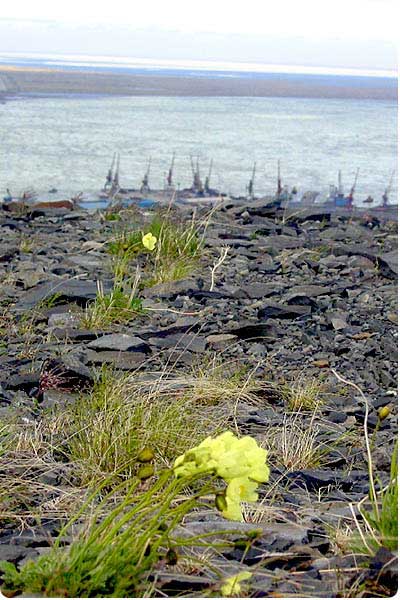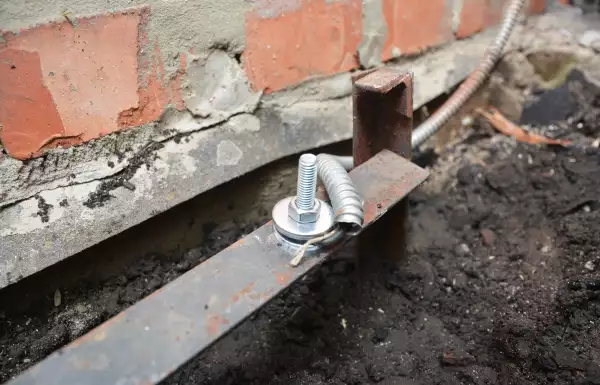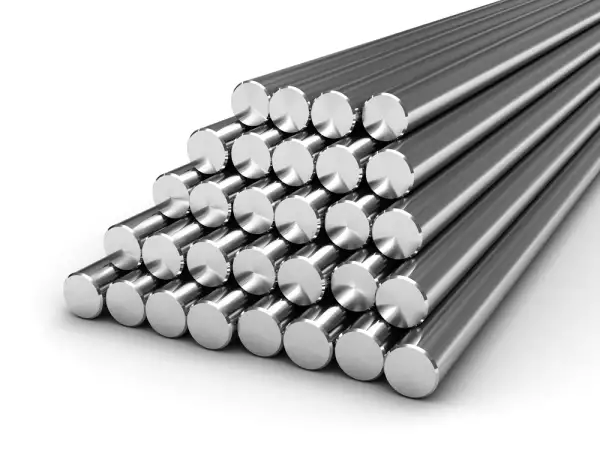
...From the book "Grounding: answers to questions"
...based on correspondence in livejournal
igumen_aga: We have no ground. We mean we have ground under the feet, but no ground where to ground electric appliances. Many years ago, this ground was artificially made- we drag one hundred meters of steel tape to the icy bay with the help of a tractor. The ice melted, the tape sank, and to the part that remained on the ground, on ordinary ground- we welded a wire and brought it to the habitation. Now we have electric ground. But that was long time ago and the tape was ten times broken and there is no ground again. Because ice, if somebody does not know (I haven't thought about it till today) is an excellent insulator, and there is a lot of ice under half a meter of that conditional land. Too much, I would say. Because we don't need ice, we need ground - as any electrowater boiler must be grounded. But there is no ground (
===============
Grounding in the North is a big problem.
Do you have any more details on the soils? In particular, electrical resistivity.
...For now let it be so. In the "human" language :-) Assuming that the soil is gravel, its main difficulty will be its (gravel's) "looseness."
Air is an insulator, respectively, the larger is the gravel - the more, there is air between individual stones. The more is the total resistivity of such soil.
Struggle method is soil replacement. A pit 1 meter deep (in your case - because you won't be able to make it deeper -> frost earth) and a square of a couple of "decares". The resulting pit is filled with the "normal" ground, eg, clay / clay loam. As a result - you get the ground area with a much lower resistivity than the surrounding ground.
Further, for example, as follows: trenches 0.5 m deep are made in this ground at the distance of a few meters from each other. Salt is put at the bottom (not a lot, but not little :-)). Then a steel tape is put (usually a standard tape of 4 * 40mm is taken). Everything is welded into one conductor, is brought to the object and covered with soil.
I draw as I could
: ---------------
!
!
--------------- ! ! ---------------
This device is enough for 2-5 years. Salt and moisture will very quickly transform the metal into dust. Fighting is useless - the device is simply periodically reproduced (depending on decay in the control point). Because resource expenditures are small - it is not difficult.
Regarding the measurements. We need to do it in spring - when there is electrostatics, but the ground is still frozen (grounding in such a ground is bad).
According to site placement. As the temperature of soil freezing is lower than usual, to 3-5 degrees, in autumn and spring there will be a thawing zone in the pit. Be sure to put all the buildings outside the boundaries of the zone.
PS If you decide to make the grounding for several buildings - take a larger square. Ground resistance will be less. In summer it is not particularly significant (for example, 5 ohms or 10 ohms), but in spring - very much (for example, 50 ohm and 100 ohm).
igumen_aga: Thank, I will tell about this project to our military men. Here is strong static everywhere, the sparks flow over the iron during a storm. I will take data on soils from geophysicists- and let you know.
===============
If there is a problem with the grounding throughout the city, it is ideal to organize a common device. In Norilsk there was a similar approach. There's no separate grounding - all are connected to one common. This will give you more resources - it means - a large pit and a great length of the steel tape = ground electrode. And this, in its turn will give you less ground resistance.
PS There is a lot of static due to strong ionization off air (auroras, for example) due to high latitude + strong winds - due to what the air electrifies ( "rubs" against each other).
igumen_aga: We once tried to resolve the question with the ground for the storage of petroleum products, throwing a couple of hundred meters of steel tapes into the bay. And others grounded from it, however, this thing does not work anymore. Whatever it is, if they are going to do something, they will do it only in the airbase, that is why, I will tell them about your recommendations, and we'll see.
===============
... Here is what thought. Almost all of the objects / buildings / electrical equipment at an airbase need grounding. If to make a common grounding - then it is necessary to lay a ground conductor to each building. If to use an ordinary steel tape 4 * 40 (ie, non-insulated conductor) or a thick steel cable (maybe the military have a lot of it - I don't know), then a conductor laid in the ground at the depth of 0.5 meters will be a good ground electrode itself if it is long enough.
Theoretical calculation gave the following - if you imagine your soil with the ground resistivity of 5000 ohm * m (which is a lot), and the conductor - 1,000 meters long (and why not), then we will get:
- Ground resistance (without any salting / replacement of soil) = 17.2 ohms. It is very good for this soil.
- A ready connecting grounding conductor to every object.
- Lack of problems with salting and soil replacement.
- Longer service life of such a ground electrode than at salinization (less corrosion).
But in summer, when the ground thaws - ground resistance can be expected at the level of a few ohms.
If to take a smaller length of the conductor, then count so - every 100 meters will give you 172 Ohm and the total resistance will be considered as equivalent parallelly connected conductors - ie divided to the number of 100-meter sections.
For example, 500 meters will give 172/5 = 34.4 ohms and 1,000 meters - 172/10 = 17.2 ohms. This is probably it. I look forward to the continuation of the story. Professional interest :-) The higher is the difficulty, the more interesting is the solution process.
..... Another variant, seen in Yakutsk. The drilling machine bores to 50 meters (and puts the casing pipe = electrode). If somewhere in the course of drilling there appears the lens with salt brine (it does not freeze) - then you will have 2-4 Ohm year round. If there is no lens- we keep on drilling :-) Setting back to tens of meters from the last point. Of course - it's a hit or miss, but the result is great. And judging by the conversation with the guys at the rig, lens are often met.
And in 5 months :-)
Good evening. How did your problem got solved?
igumen_aga: the military authorities did not want to deal with the pit and with the fitting and, especially, with the salt scheme. They bought a simple pot without electronics and that's all)
:-) this is it.
Useful materials:
- Modular grounding
- Grounding in the permafrost
- Grounding in rocky soil
- Consultations on the selection, design and installation of grounding and lightning protection systems
Related Articles:
 Why Cannot Vertical Earthing Devices Be Installed Close to Each Other?
Why Cannot Vertical Earthing Devices Be Installed Close to Each Other?
 Electrolytic Grounding in Permafrost Soils: Should Vertical of Horizontal Electrodes Be Used?
Electrolytic Grounding in Permafrost Soils: Should Vertical of Horizontal Electrodes Be Used?



